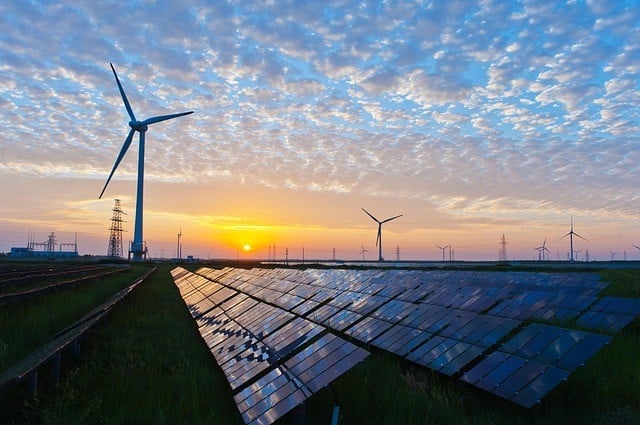Eurobodalla Shire Council in New South Wales will soon be 80 per cent powered by renewables after recently signing a Power Purchase Agreement with ENGIE-backed Simply Energy.

The arrangement will see Eurobodalla Shire Council draw power from solar farms at Parkes and Griffith and wind farms currently under construction in New England, which will be online by 2024.
Environment Services Manager Deb Lenson said the arrangement would meet 80 per cent of their needs and put them well on track to soon be completely sustainable.
“We’re now well on course to achieving our target of sourcing 100 per cent of Council’s energy from renewables by 2030 and reducing our CO2 emissions,” Ms Lenson said.
“We’ll continue to look for other opportunities to supply energy for the remaining 20 per cent of Council facilities, which are our smaller sites that use less power, like community halls and public toilets.”
As well as sourcing green energy, Eurobodalla is also in the process of converting all street lighting to LED, which will be completed in June this year. There are also biofuel projects underway to capture and flare methane at local landfill sites.
Renewables to sure up the Eurobodalla economy
Eurobodalla was one of many communities heavily impacted by the record bushfires that swept through New South Wales and Victoria in 2019 and 2020. It was also a massive blow on the local economy, prompting formal discussions to address the environmental impact of such events and the consequent economic damage that ensued.
It was determined that investing in solar was the solution to both problems, with Sustainability Coordinator Mark Shorter revealing that the community spent $80 million on electricity annually. That was money leaving the local economy.
“Investing in rooftop panels is an investment in our local economy, because the money each household or business saves is money that can stay in the shire, and by using local contractors, our economy gets another boost,” he said.
Renewable solutions aren’t just for metropolitan areas, with cities and towns around the country discovering the environmental and economic benefits. Some of the initiatives rolled out across rural areas around Australia in recent years include:
- Noosa Shire Council adopts flexible solar panels to install on public buildings, including the Noosa Library
- Queensland’s Western Downs Regional Council considers an application to build its fifth solar farm in the region
- Low-income families in regional NSW receive solar-powered community housing
- New South Wales Government announces Electricity Infrastructure Roadmap, which includes renewable energy zones to provide green power to regional communities
- Six new renewable energy farms are announced for Victoria’s regional areas by Premier Daniel Andrews and Minister for Energy Lily D’Ambrosio.
Additionally, there are numerous extra projects in the pipeline as rural and regional areas discover the benefits to their communities that solar delivers.












































